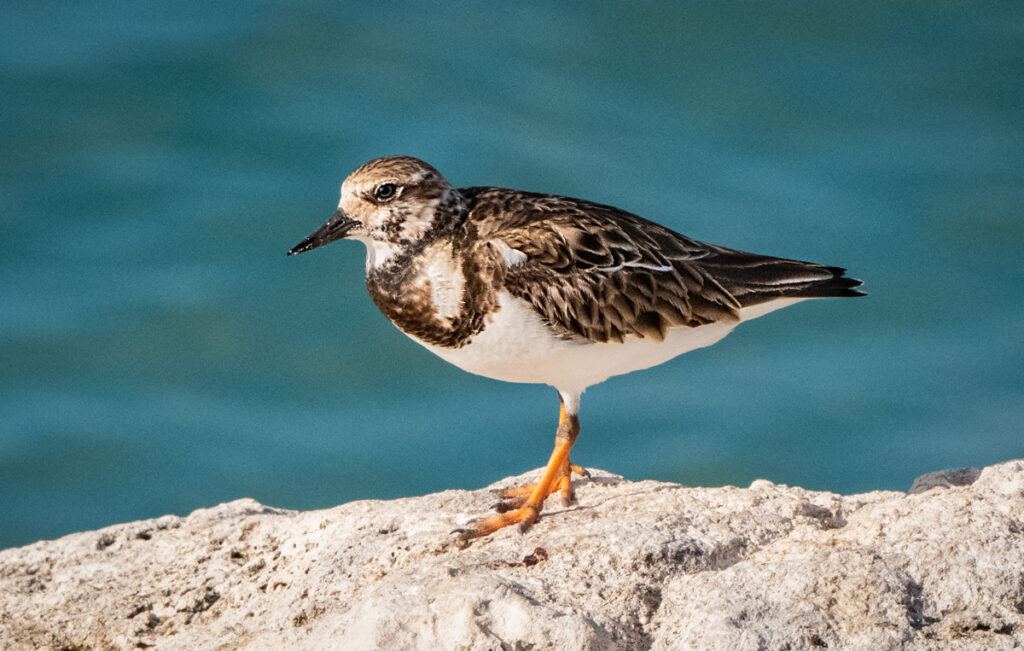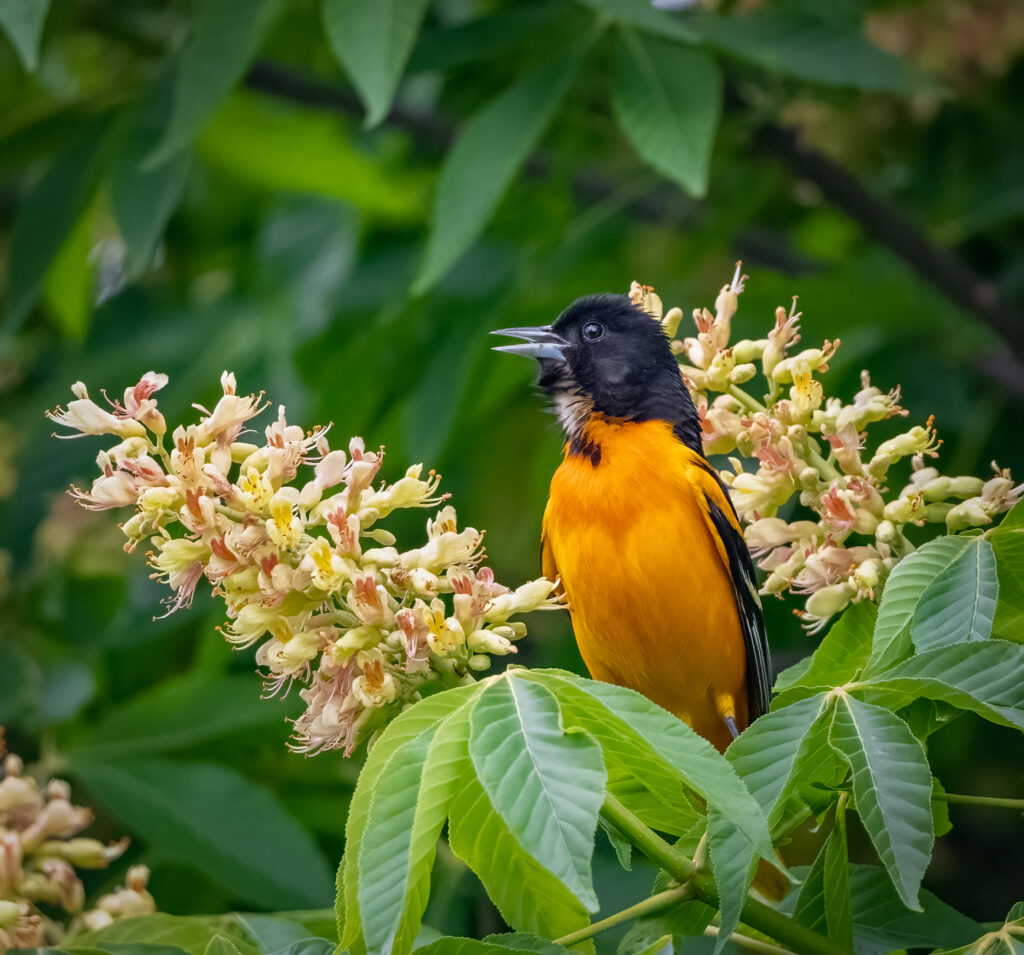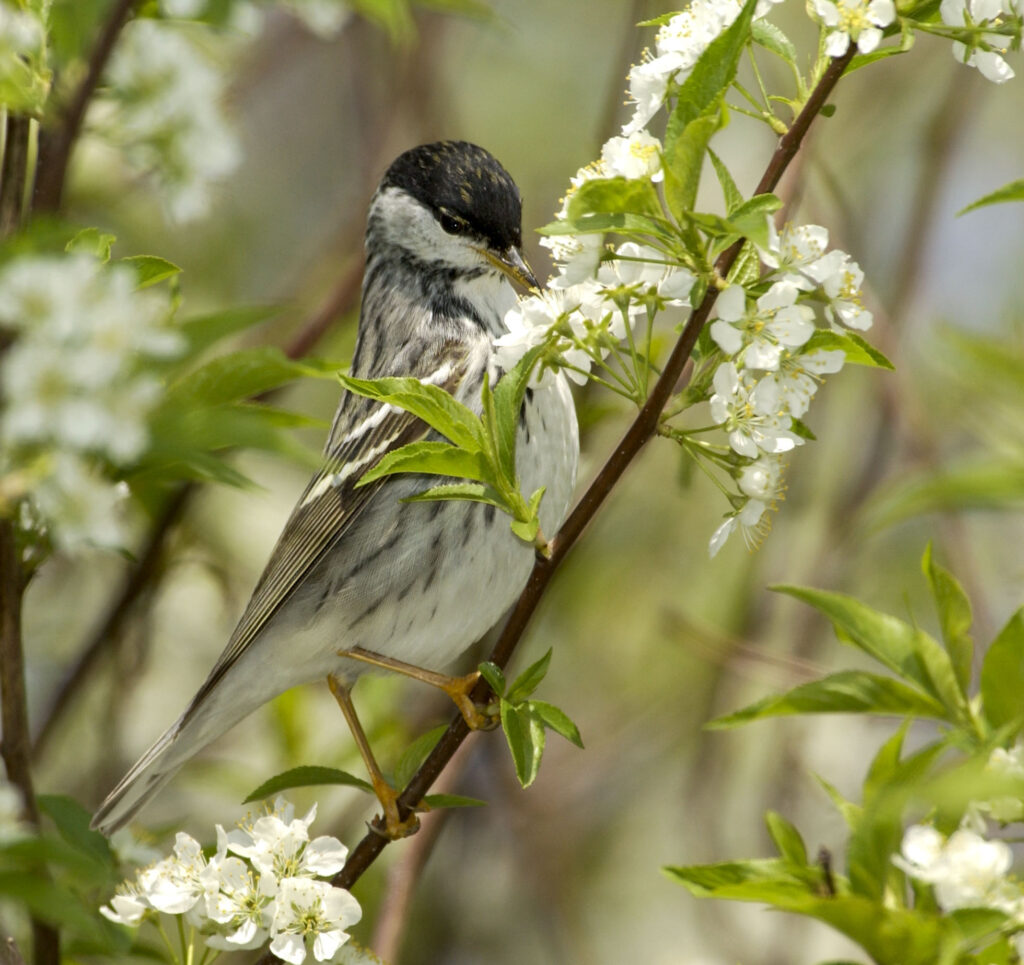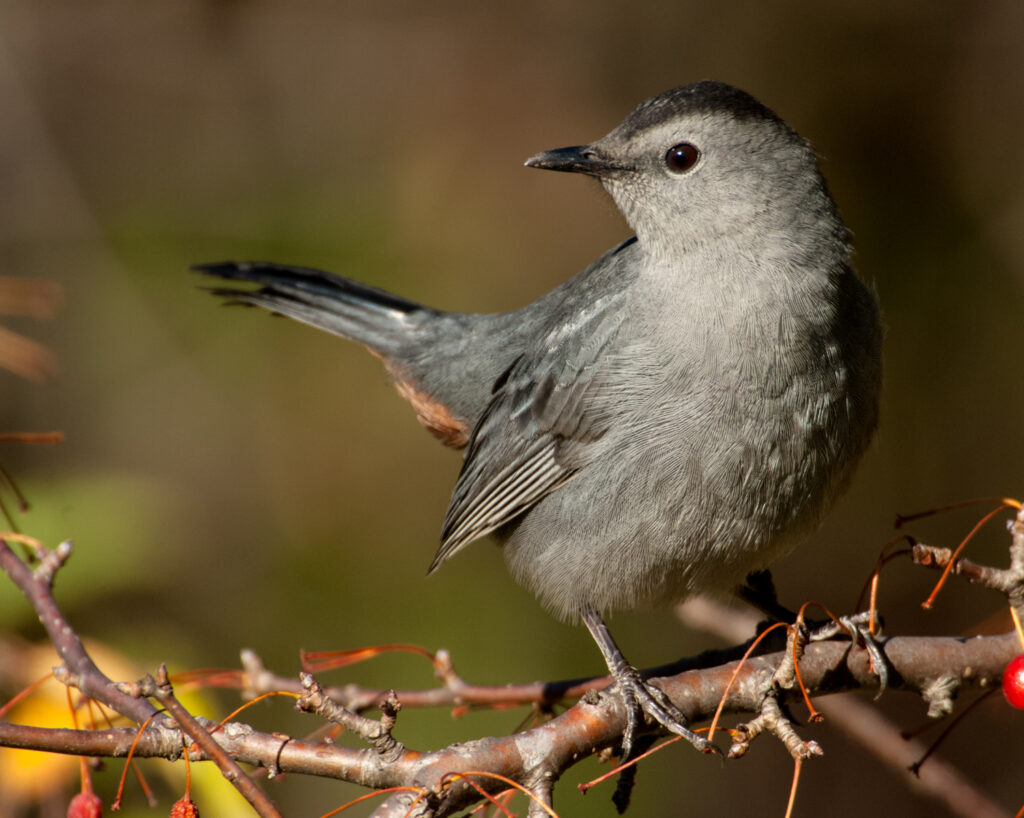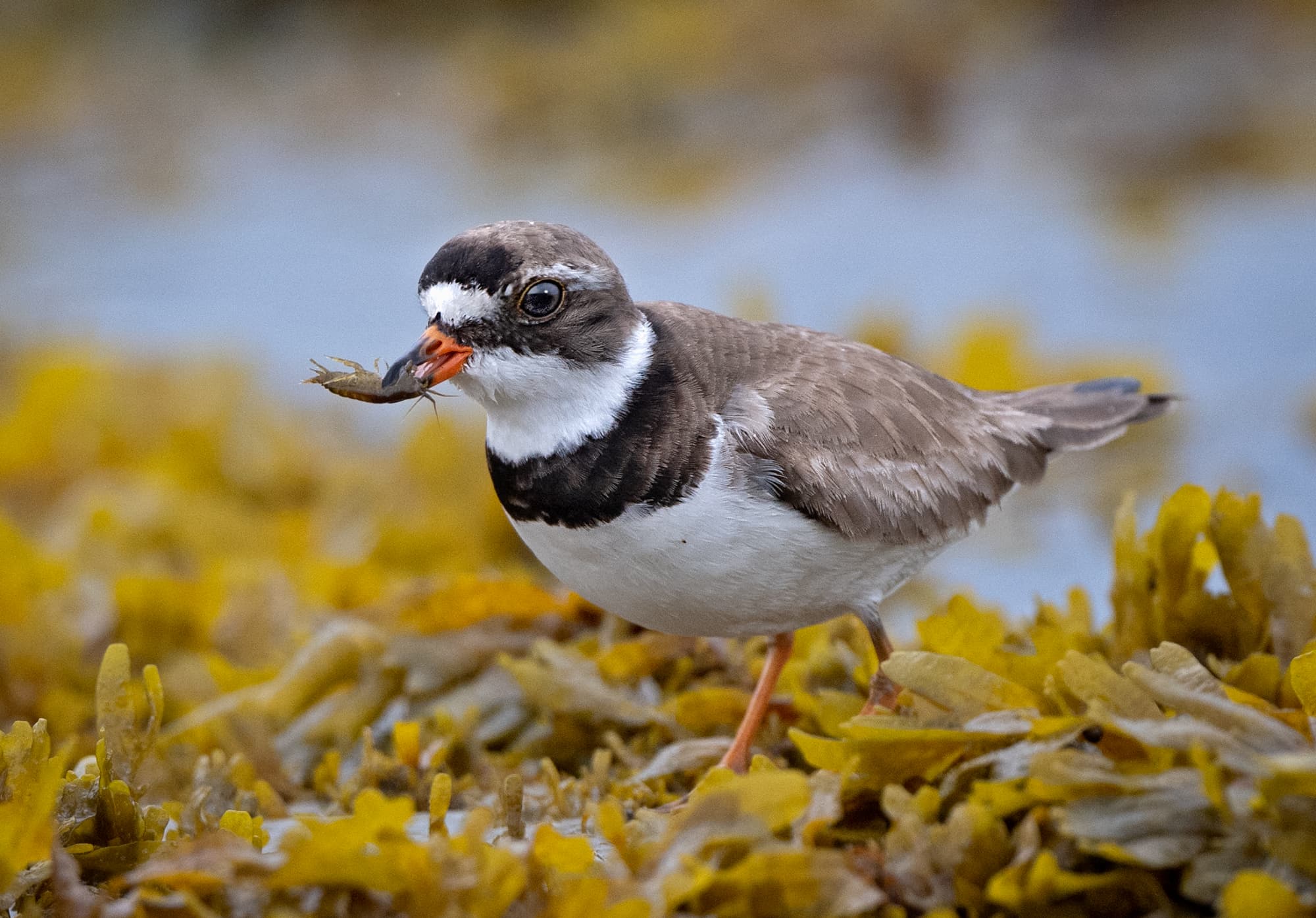
Why do birds migrate? No bird travels for the sheer enjoyment of experiencing new places, to discover unique cultures, or to escape turmoil. Migration is an instinctive survival adaptation, and birds with this adaptation are irresistibly compelled to set forth. Two principal reasons drive this instinct: food and reproduction.
Food is plentiful year-round in tropical regions, from burgeoning insect life to juicy fruit, nectar-rich flowers, and abundant prey. In those same areas, however, there are many more bird species and other wildlife competing for the same resources. Migration, then, is how birds spread to other regions to find different food sources when they need them most: when they are raising chicks.
Different types of birds, including shorebirds and warblers, are the most prolific migrators, traveling thousands of miles to find just the right nesting grounds with the best food sources.
Habitats in the mid and upper latitudes, such as forests, prairies, tundras, and grasslands, have great cyclical food availability, with clear seasons of plenty and deprivation. In spring, tree buds swell, flowers bloom, and insects hatch, creating new, rich food sources. This is when birds migrate to those bountiful areas, taking advantage of the new foods and greater amounts of space to nest and raise their young.
Ruddy turnstones, for example, migrate to high Arctic regions where insects are abundant. These birds are experts at flipping over rocks with their stout, pointed bills, reaching the protein-rich insects they need for successful breeding and nurturing their offspring.
During the summer, these temporary food sources continue to swell, with seeds, grains, fruits, berries, and nuts ripening. At this time of great abundance bird populations are also at their highest as clutches hatch and young birds have hearty appetites to satiate.
Fruit and nectar-loving birds such as Baltimore Orioles are experts at exploiting these summer food sources, sipping nectar and gorging on fruit.
In late fall and winter, however, these regions become much more barren, and food sources will not be replenished until the next spring. As foods vanish, birds must migrate again, returning to tropical regions where they will be more crowded, but where the year-round food supplies have been replenished during the summer.
As they move south, birds feast on autumn bounty and gain weight to sustain their journeys. The Blackpoll Warbler, for example, can nearly double its weight in preparation for fall migration.
While the food abundance cycle is easy enough to see, it is difficult to understand, outside of adequate food, why reproduction is a reason for birds to migrate. After all, many adult birds abandon their young as soon as the chicks can feed themselves, and the parent birds migrate well before their offspring, leaving their youngsters to attempt that first challenging migration without guidance.
The grey catbird is one such species, and the mature, adult birds begin their fall migration while leaving their offspring behind. The young birds will continue to mature and will begin their own travels a few weeks later.
It is exactly because the young birds have been raised in a rich environment with plentiful food that they are strong enough to undertake that journey on their own. Text adapted in part from Migration: Exploring the Remarkable Journeys of Birds; used with permission.




